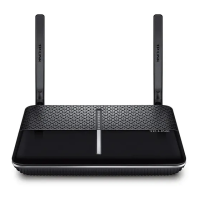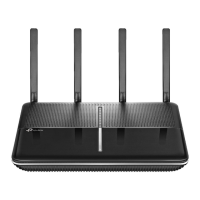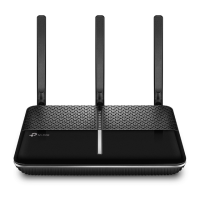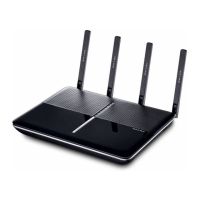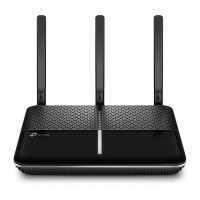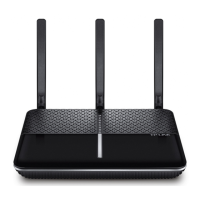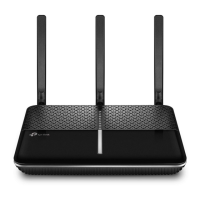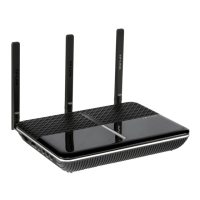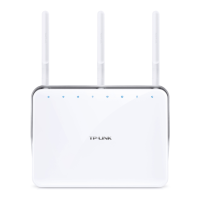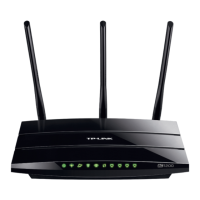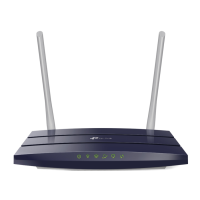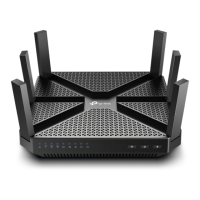| VPN support | PPTP, L2TP, IPSec Passthrough |
|---|
| Ethernet LAN | Yes |
|---|
| Cabling technology | 10/100/1000Base-T(X) |
|---|
| Networking standards | IEEE 802.11a, IEEE 802.11ac, IEEE 802.11b, IEEE 802.11g, IEEE 802.11n, IEEE 802.3, IEEE 802.3ab, IEEE 802.3u |
|---|
| VPN tunnels quantity | 10 |
|---|
| Ethernet LAN data rates | 10, 100, 1000 Mbit/s |
|---|
| Ethernet LAN interface type | Gigabit Ethernet |
|---|
| Wi-Fi band | Dual-band (2.4 GHz / 5 GHz) |
|---|
| Wi-Fi standards | 802.11a, Wi-Fi 5 (802.11ac), 802.11b, 802.11g, Wi-Fi 4 (802.11n) |
|---|
| Channels quantity | 2 channels |
|---|
| Top Wi-Fi standard | Wi-Fi 5 (802.11ac) |
|---|
| USB version | 2.0 |
|---|
| Input current | 2.5 A |
|---|
| Rack mounting | No |
|---|
| Frequency band | 2.4 & 5 GHz |
|---|
| USB ports quantity | 1 |
|---|
| WLAN data transfer rates supported | 300, 433 Mbit/s |
|---|
| RJ-11 ports quantity | 3 |
|---|
| Ethernet LAN (RJ-45) ports | 4 |
|---|
| DSL specification | ITU-T G.993.2 |
|---|
| Voice codecs | G.711, G.711a, G.722, G.729 |
|---|
| Routing protocols | IGRP, RIP-1, RIP-2 |
|---|
| Data link protocols | UNI3.1/4.0, RFC 2364, RFC2516, IPoA (RFC1577/2225), MER\\IPoE (RFC 1483 Routed), RFC1483, PVC |
|---|
| Supported network protocols | IPv6, IPv4 |
|---|
| Security algorithms | 128-bit WEP, 64-bit WEP, WPA, WPA-PSK, WPA2, WPA2-PSK |
|---|
| Product color | Silver, White |
|---|
| Output voltage | 12 V |
|---|
| Power source type | DC |
|---|
| Storage temperature (T-T) | -40 - 70 °C |
|---|
| Operating temperature (T-T) | 0 - 40 °C |
|---|
| Storage relative humidity (H-H) | 5 - 90 % |
|---|
| Operating relative humidity (H-H) | 10 - 90 % |
|---|
| Certification | CE, RoHS, IPv6 |
|---|
| Cables included | LAN (RJ-45), Phone (RJ-11) |
|---|
